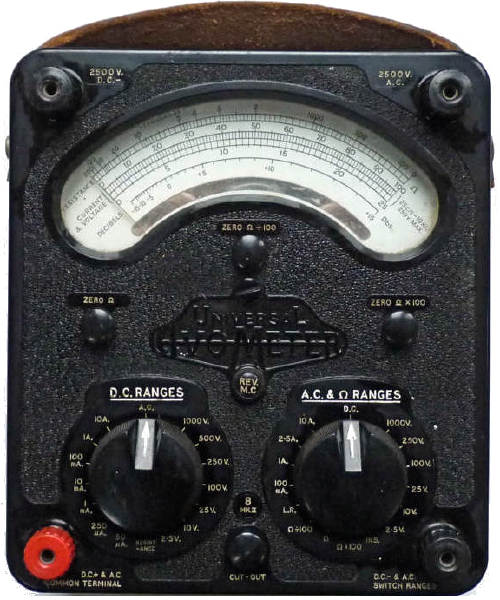hpr2668 :: Explaining the controls on my Amateur HF Radio Part 3
In this episode I cover the Main / sub displays meter memory and band keys of the TS940S.
Hosted by MrX on Wednesday, 2018-10-24 is flagged as Explicit and is released under a CC-BY-SA license.
HF, Ham, Amateur Radio.
4.
Listen in ogg,
opus,
or mp3 format. Play now:
Duration: 00:18:10
Download the transcription and
subtitles.
HAM radio.
A series about all things Amateur Radio/HAM Radio.
Main display is a fluorescent display
https://en.wikipedia.org/wiki/Vacuum_fluorescent_displayHertz and Kilohertz
https://en.wikipedia.org/wiki/HertzExample of an old type tuning dial with moving needle display.

Example of AVO meter

Standing Wave Ration Scale
https://en.wikipedia.org/wiki/Standing_wave_ratioExplanation of Auto Limiter Control (ALC)
https://www.robkalmeijer.nl/techniek/electronica/radiotechniek/hambladen/radcom/1995/07/page61/index.html
Sub Display
Used either to display the time or in graph mode gives a representation of the receiver bandwidth setting when using CW or SSB.
Memories and band keys
Ten memory and band keys to switch either between ten stored memories or to switch between the ten pre-set amateur HF bands when in VFO mode. Up / Down step keys jumps in 1Mhz step.
Antenna Tuner
I tried and failed to find a simple explanation of an antenna tuner it’s a complicated topic, I can at least have a go at explaining how to use a simple manual antenna tuner, hope this makes some sense.
A typical manual Antenna Tuner has two rotatable knobs both interact with each other. The Tuner is used to match a badly tuned antenna to your transmitter. The Tuner is placed in-between the transmitter and antenna. To use it you typically hold down the transmit key while looking at the VSWR meter and rotating one knob at a time in turn repeating this operation until the minimum VSWR is achieved.
If you really want to dive into more detail feel free to follow this link in wikipedia. https://en.wikipedia.org/wiki/Antenna_tuner